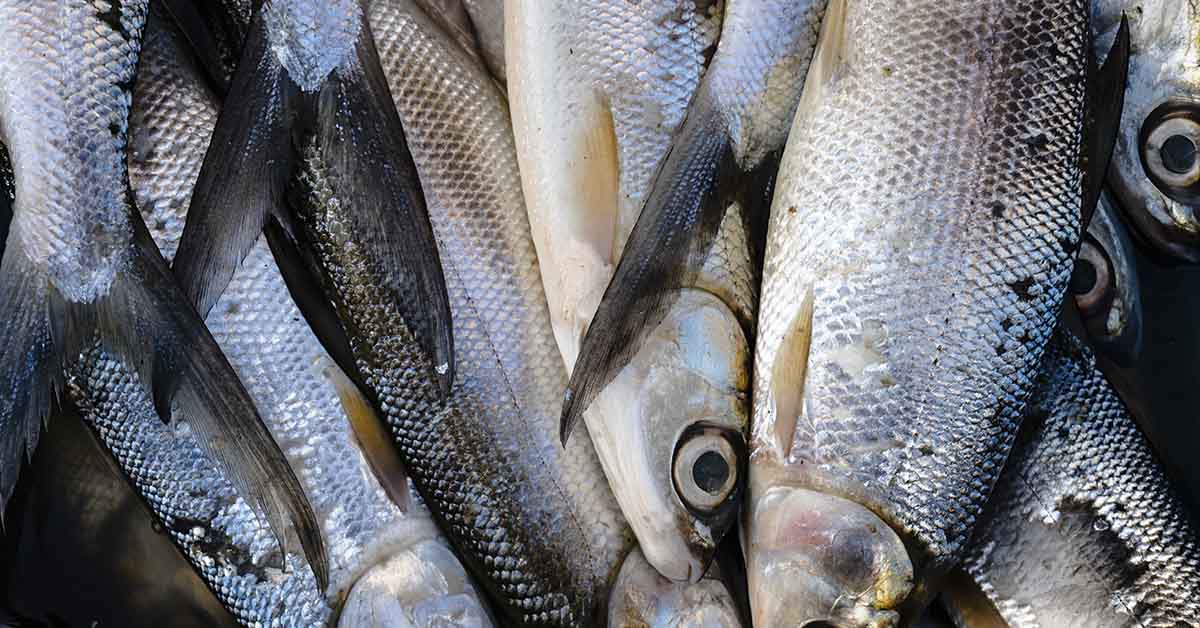Fish high in omega-3 fatty acids is one of the best dietary staples for heart and brain health. Not all fish are created equal, though. While salmon gets a lot of love, there are other lesser-known but equally excellent options that deserve your plate’s attention. This article explores six nutrient-packed fish high in omega-3s, providing a variety of affordable and delicious alternatives. Whether you’re trying to boost your omega-3 intake or explore salmon substitutes, these fish are worth considering.
What Makes Omega-3s Essential?
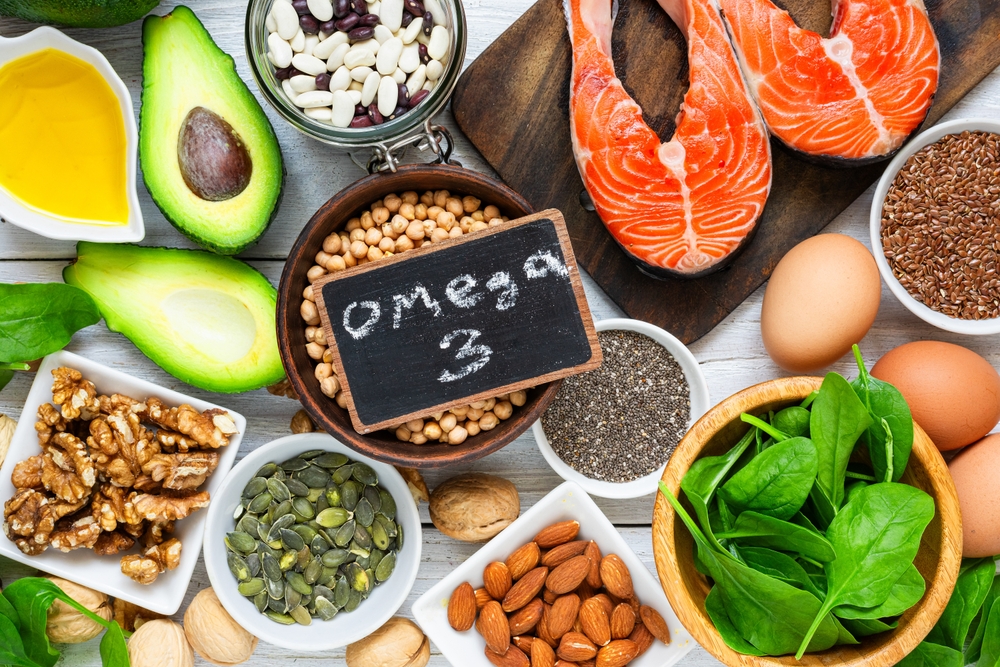
Omega-3s are crucial fatty acids that our body doesn’t produce on its own; we must get them through our diet. They support cardiovascular health, reduce inflammation, and fuel brain function. Plus, several studies indicate that a regular intake of omega-3-rich foods can lower the risk of heart disease, improve mood, and benefit fetal development in pregnant women. This helps explain why dietitians often recommend incorporating omega-3 rich fish into your meals at least two times a week.
Mackerel
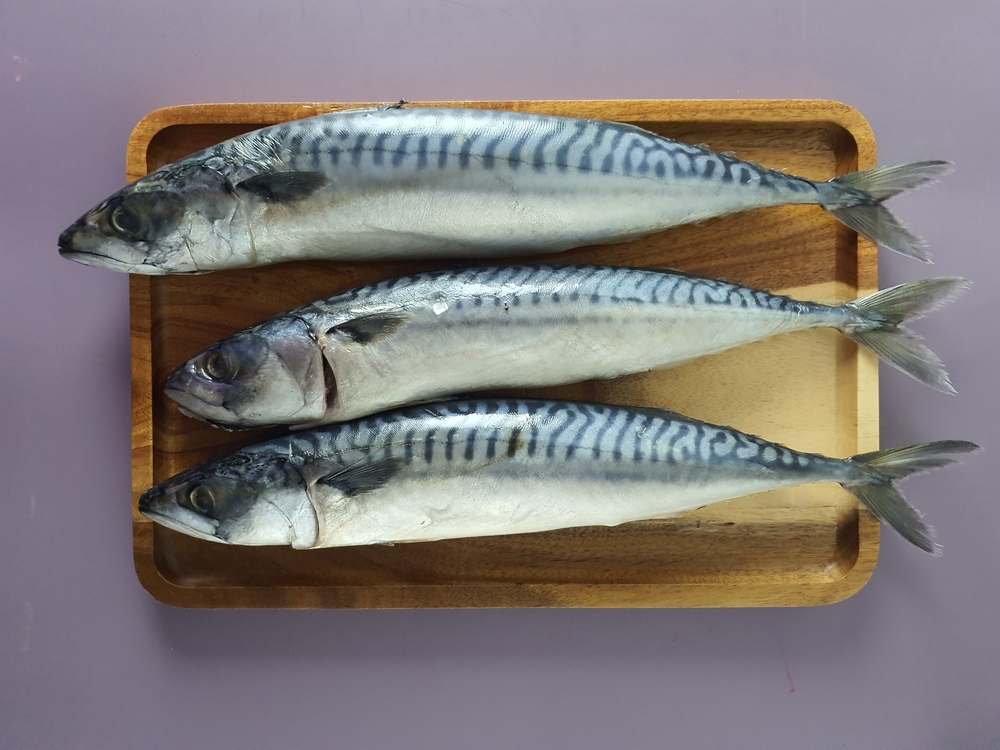
Mackerel packs a mighty dose of omega-3, with approximately 2.5 to 5 grams per 100-gram serving, depending on the variety. It’s not only loaded with this essential nutrient but also a rich source of vitamins D and B12. Known for its slightly sweet and buttery flavor, mackerel appeals to seafood lovers looking for something less common than salmon.
Cooking tip: Try grilling or pan-frying it for the best flavor. Atlantic mackerel, in particular, is among the more sustainable and affordable options out there. Additionally, it contains lower mercury levels compared to some other fatty fish, making it an excellent choice for regular consumption.
Sardines
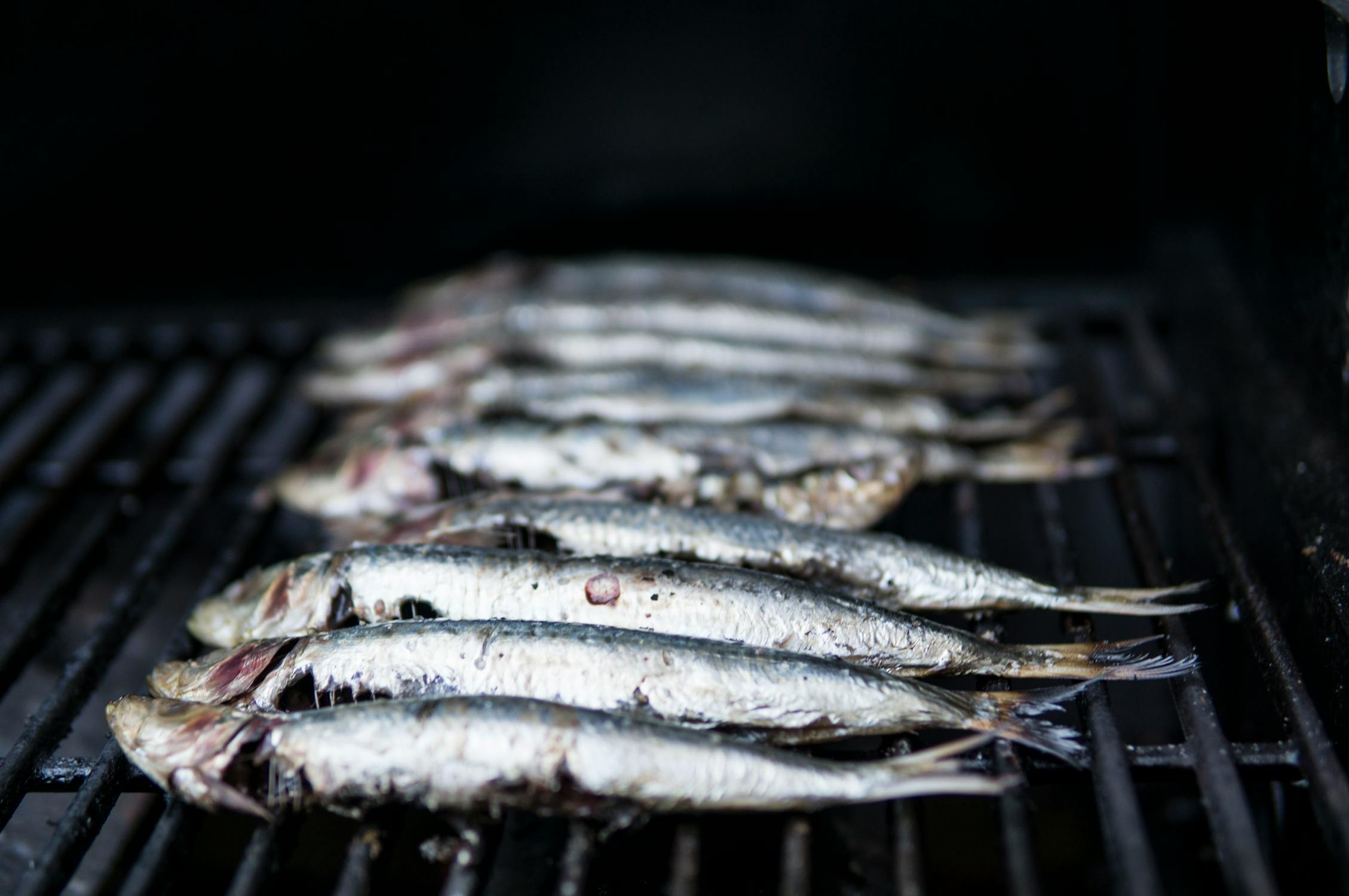
Sardines are small, affordable, and packed with omega-3 goodness. A 100-gram serving contains about 1.5 to 2 grams of omega-3 fatty acids. Whether fresh or canned in oil, sardines are a versatile option with a rich, umami flavor. An added bonus? They’re rich in calcium and vitamin D, nutrients essential for bone health.
Sardines are particularly easy to work into your meals. Toss them into pasta dishes, smash them on toast with a splash of lemon, or use them in salads for an instant upgrade. Their low mercury content also makes them safe for most people, pregnant individuals included.
Herring
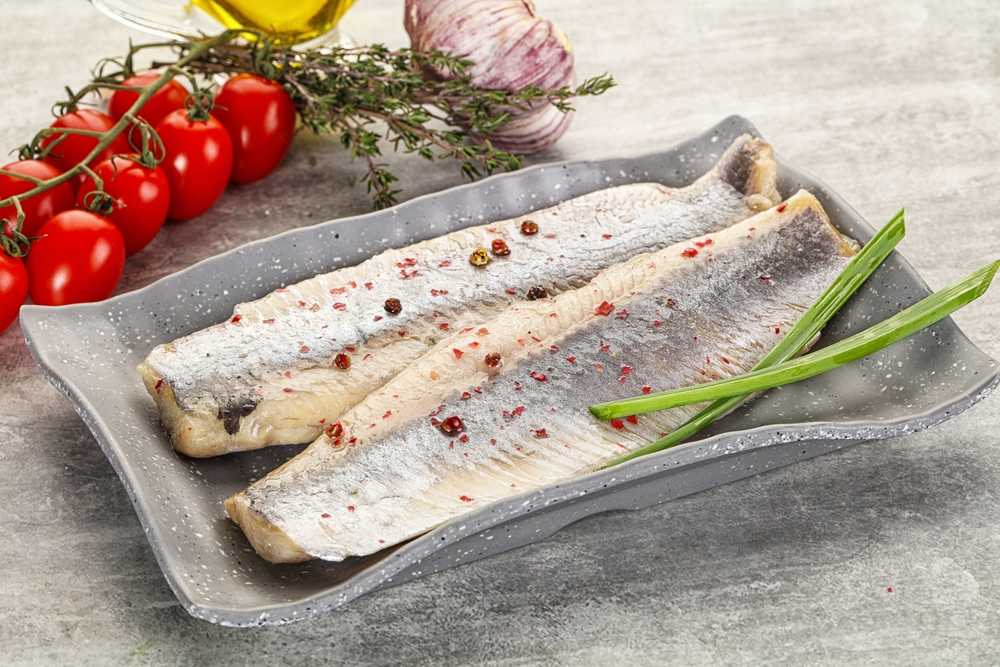
Herring might not be as widely known, but its omega-3 profile makes it a star. With 1.5 to 2.3 grams of omega-3 fatty acids per 100 grams, herring offers both health benefits and a mild, sweet taste that’s less intense than mackerel. It’s also a great source of protein, making it a filling and energy-packed choice.
Available pickled, smoked, or fresh, herring adapts well to different cuisines. Pair smoked herring with crackers for a snack or incorporate it into soups for an added flavor punch. Like sardines, herring’s low mercury content is a win for health-conscious eaters.
Tilapia
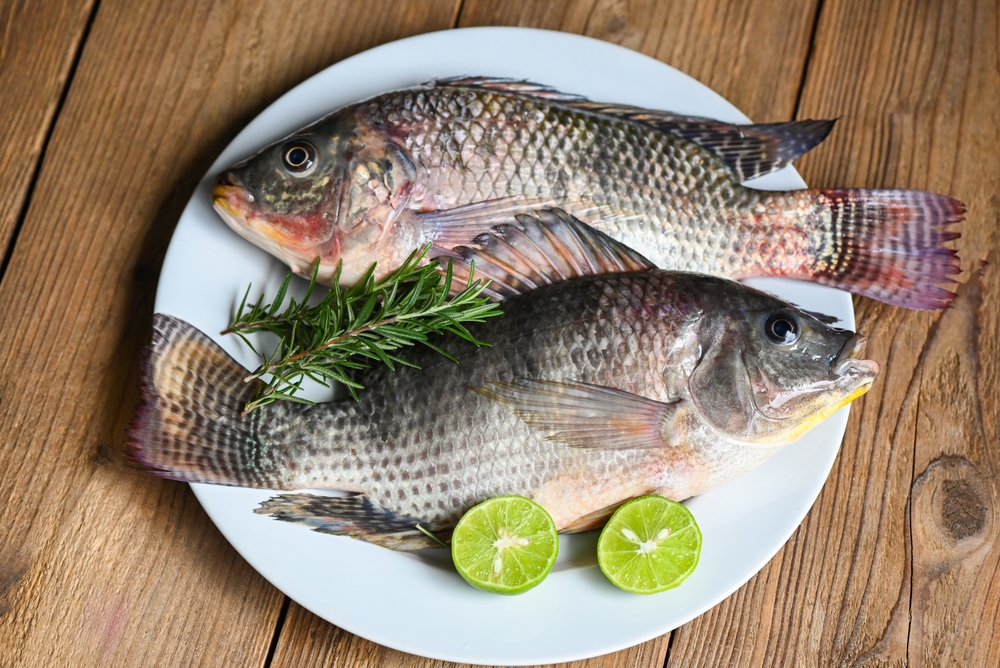
Tilapia might not top the omega-3 charts, with around 0.2 to 0.4 grams per 100 grams, but it shines as an affordable, mild-flavored fish that’s easy to incorporate into weeknight dinners. Its firm texture and lean protein content make it a versatile ingredient for various recipes, from tacos to baked dishes.
On the downside, tilapia has a lower omega-3 content compared to other fish on this list. However, it compensates with widespread availability, affordability, and suitability for different cooking methods. For the best health and sustainability, opt for tilapia sourced from clean, responsibly maintained water systems.
Trout
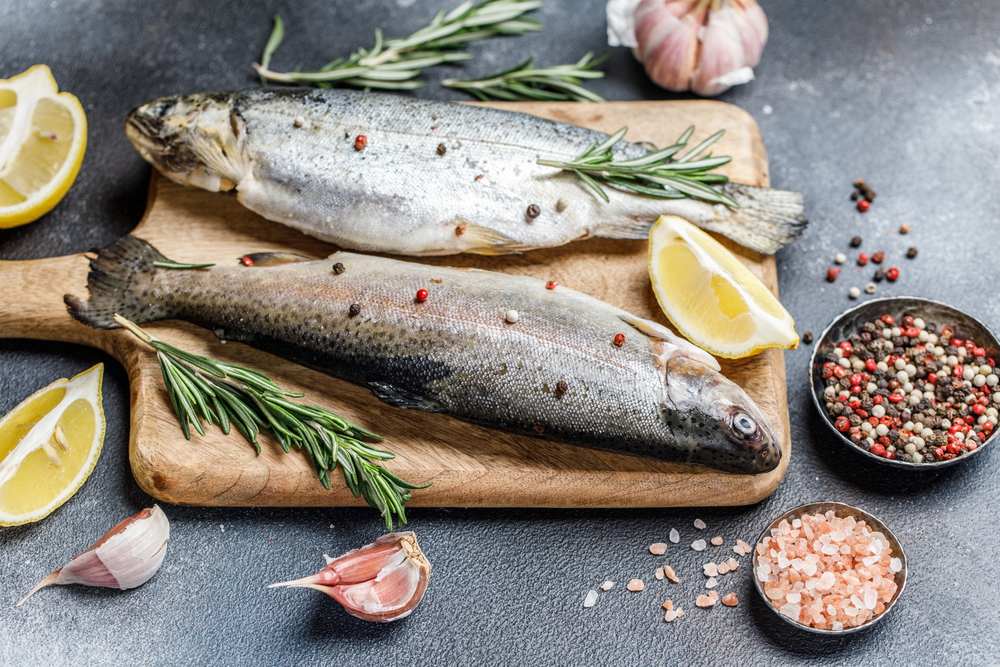
Trout, particularly its rainbow and lake varieties, is another omega-3 hero, offering around 1 to 2 grams per 100 grams. Beyond its high omega-3 levels, trout provides an abundance of vitamins like B-complex, helping support metabolism and energy production. Its delicate, slightly sweet flavor mimics the taste of salmon but comes at a more budget-friendly price point.
Enjoy trout grilled, baked, or pan-seared for an easy and nutritious meal. Pair it with hearty sides like roasted vegetables or quinoa to keep things filling and balanced.
Catfish
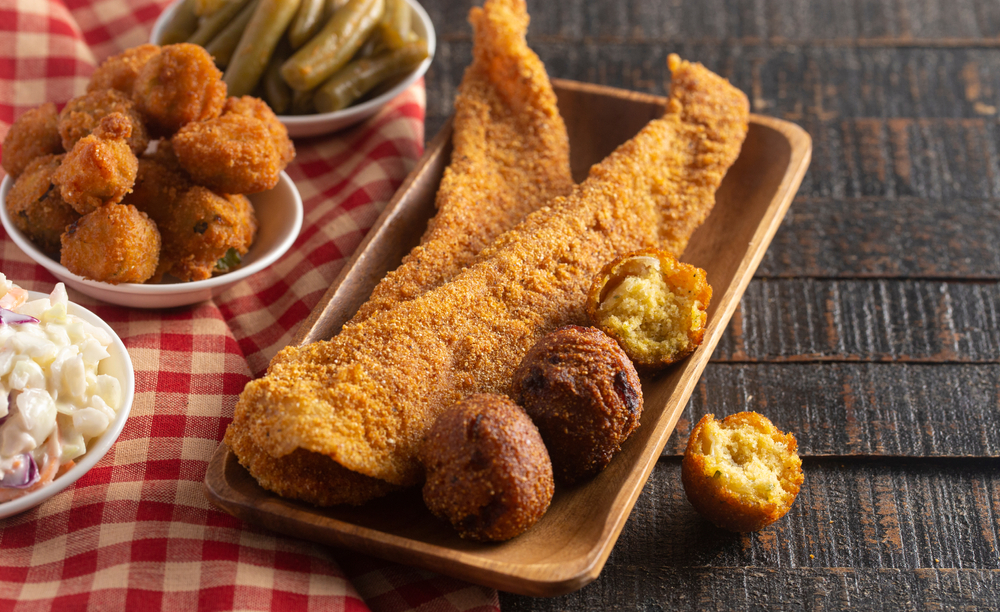
Catfish rounds out the list with a moderate omega-3 content of 0.2 to 0.5 grams per 100 grams. Known for its mild, slightly sweet flavor and tender fillets, catfish is a go-to option for anyone who prefers less “fishy” seafood. It’s also incredibly versatile, suitable for frying, grilling, or stewing.
Since farmed catfish is widely available, it’s a cost-effective choice for home cooks. When buying catfish, opt for U.S.-farmed products to ensure better sustainability standards. While its omega-3 content isn’t as high as some other fish, it still offers plenty of health benefits while being delicious and accessible.
A Quick Word on Sustainability and Mercury

While boosting omega-3 intake is crucial, it’s equally important to consider sustainability and mercury levels when choosing fish. Opting for smaller fish such as sardines or herring minimizes the risk of mercury contamination. Meanwhile, choosing eco-certified options ensures that your seafood choice supports the environment.
Remember, the U.S. FDA suggests two servings of fish per week for optimal health benefits. If you’re pregnant or nursing, prioritize low mercury options like sardines and trout, which are both safe and nutritious.
Boost Your Omega-3 Intake with Variety
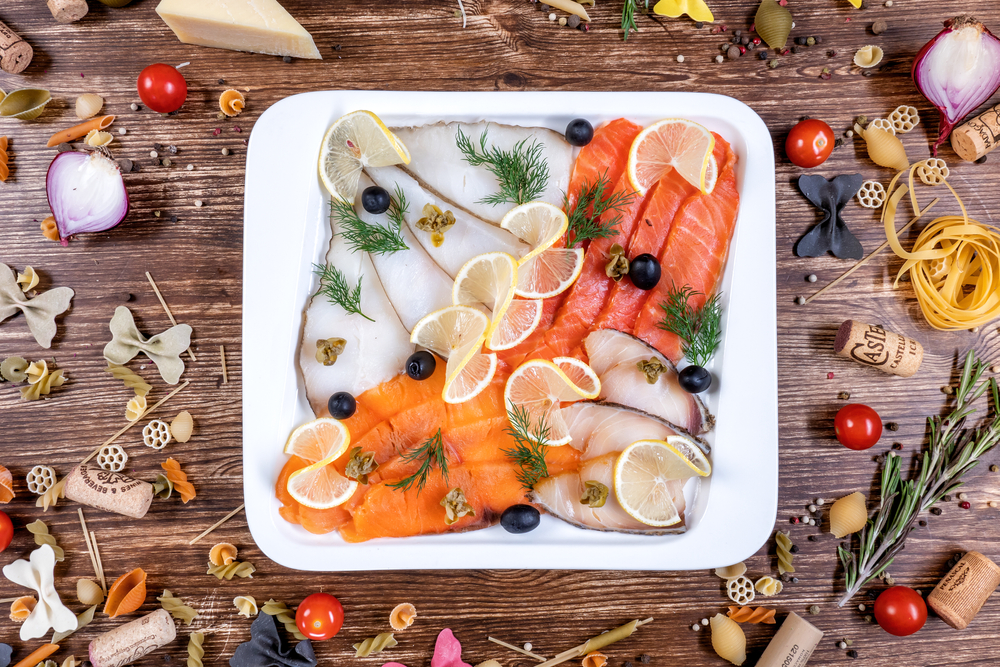
Whether you’re new to seafood or looking to diversify your options beyond salmon, these six fish offer a delicious and nutrient-packed way to meet your omega-3 needs. From the richness of mackerel to the affordability of tilapia, each provides unique flavors and benefits to suit different palates and budgets.
Take the first step toward incorporating more omega-3s into your diet today. Start by picking one of these options for your next meal. Experiment with recipes and preparation methods to find what works best for you!
Disclaimer: This article was created with AI assistance and edited by a human for accuracy and clarity.
